 https://ibmm.umontpellier.fr/wp-content/uploads/sciex_award.jpg
300
400
Stephanie HERNANDEZ
https://ibmm2.umontpellier.fr/wp-content/uploads/logo_ibmm_hd.jpg
Stephanie HERNANDEZ2024-03-29 22:37:202024-04-06 22:38:03Hervé COTTET est lauréat du prix international Sciex Award 2024
https://ibmm.umontpellier.fr/wp-content/uploads/sciex_award.jpg
300
400
Stephanie HERNANDEZ
https://ibmm2.umontpellier.fr/wp-content/uploads/logo_ibmm_hd.jpg
Stephanie HERNANDEZ2024-03-29 22:37:202024-04-06 22:38:03Hervé COTTET est lauréat du prix international Sciex Award 2024Institut des Biomolécules Max Mousseron
Pôle Chimie Balard Recherche
1919 route de Mende
34293 Montpellier
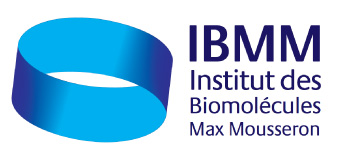


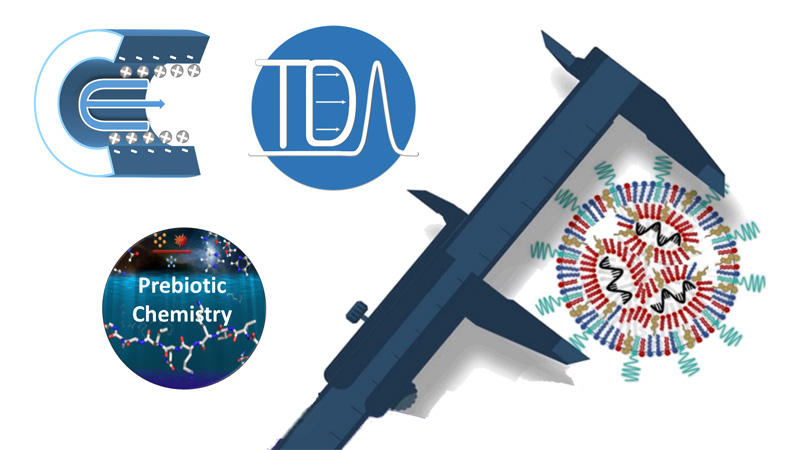

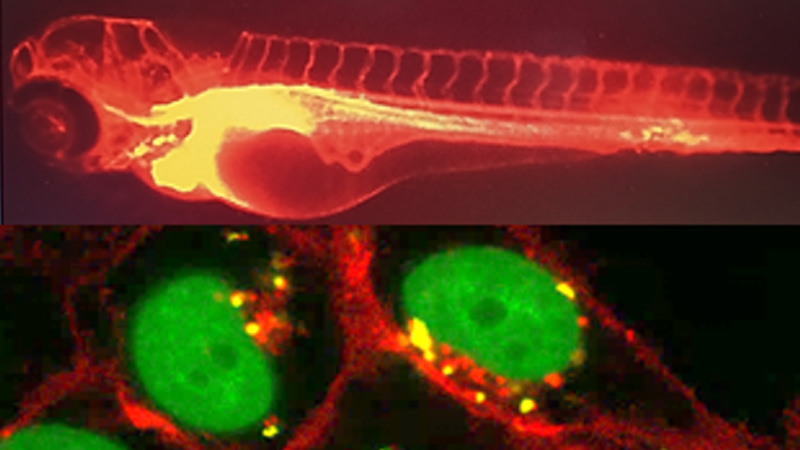
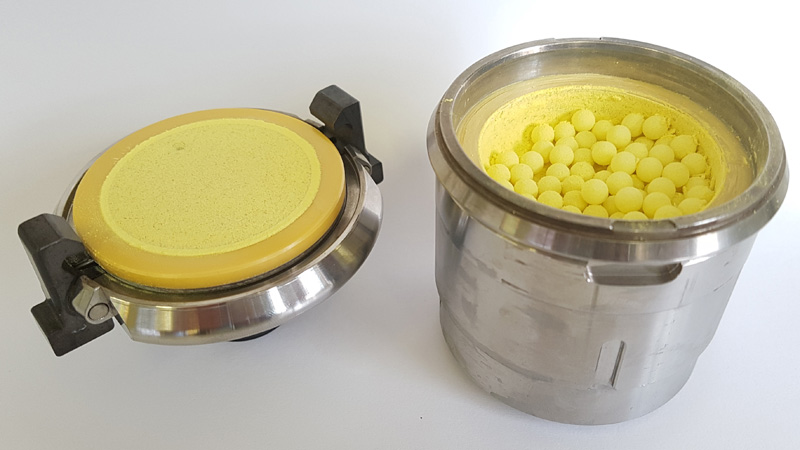
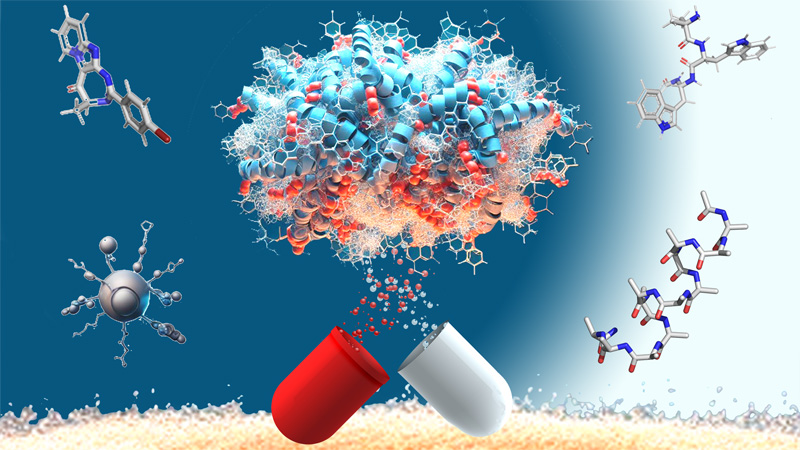
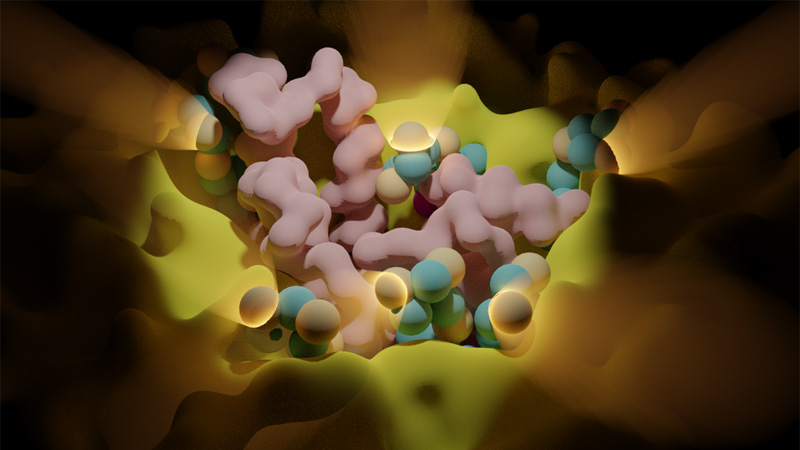

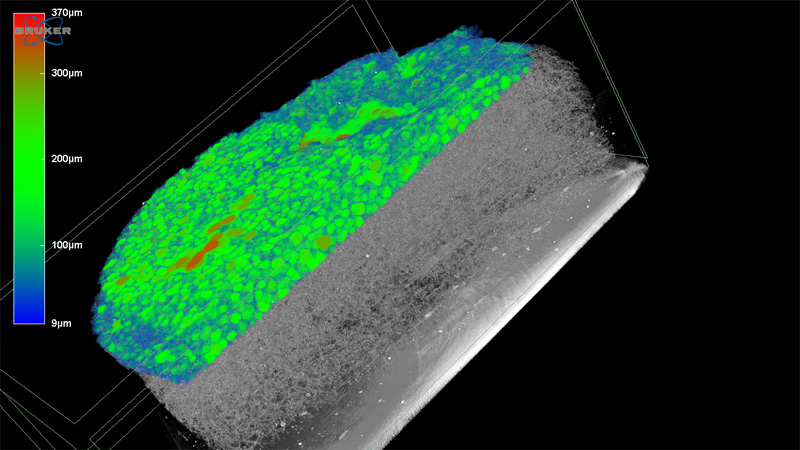

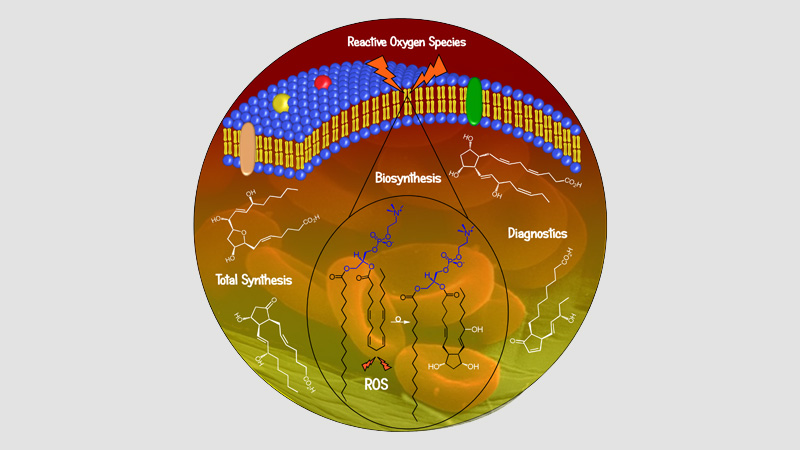

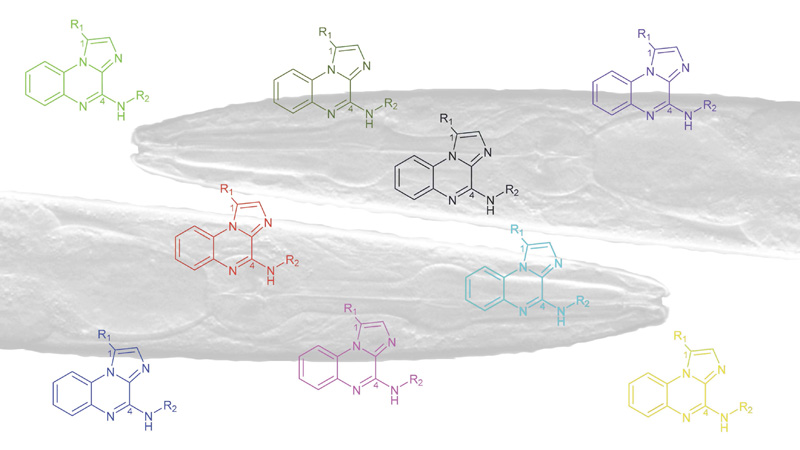

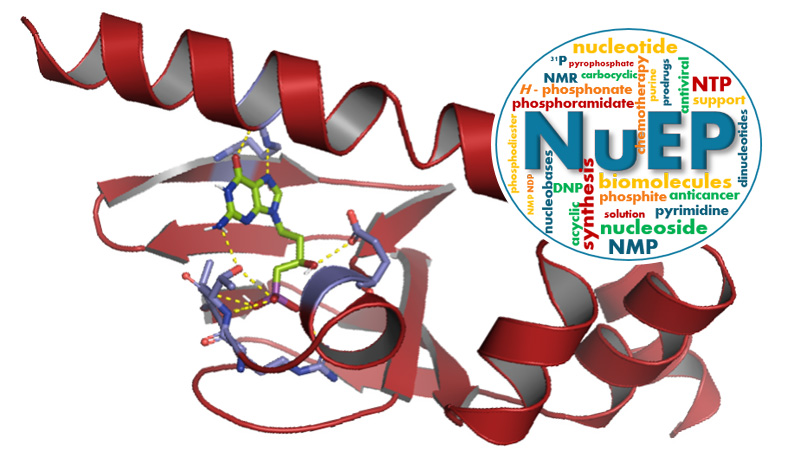
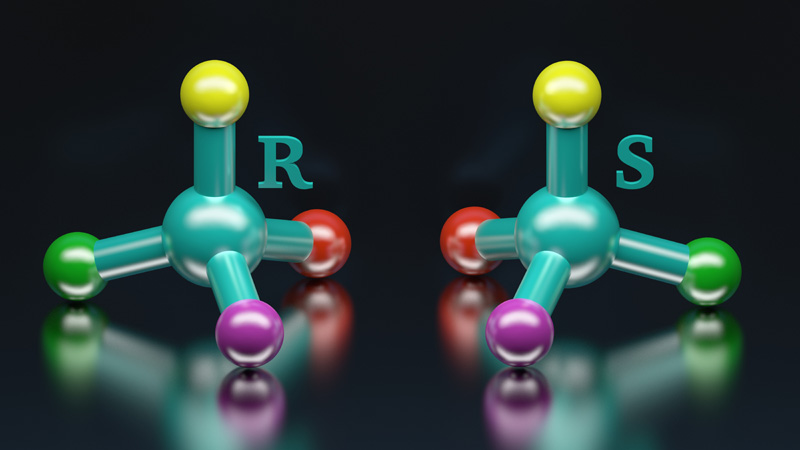
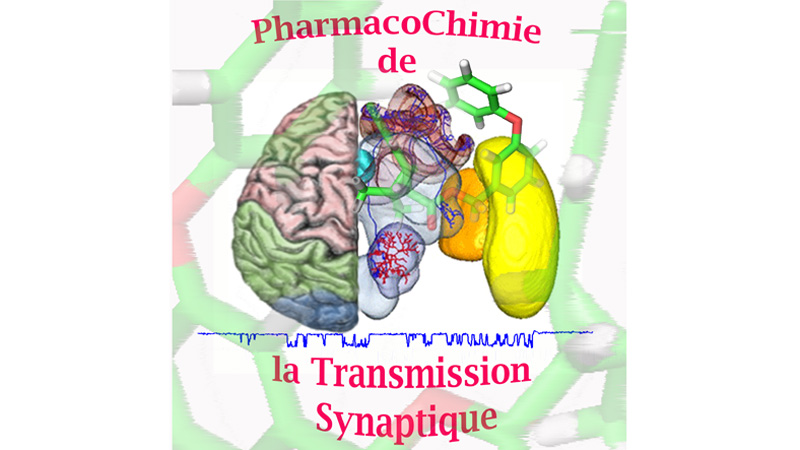
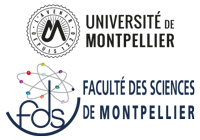



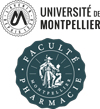
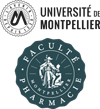




Appel à candidatures pour thèses dans le domaine des peptides et des nanomatériaux
L’équipe Peptides de l’IBMM est bénéficiaire d’un financement Marie Skłodowska-Curie Doctoral Network. Le financement va permettre de former 13 doctorants dans le domaine des peptides et des nanomatériaux. Les candidats intéressés sont invités à transmettre leur candidature sur le site https://www.nanoremedi.euLes candidatures sont ouvertes jusqu’au 28 octobre 2022
Accueil de collégien.ne.s et lycéen.ne.s
L’IBMM accueille les collégien.ne.s et des lycéen.ne.s qui souhaitent effectuer leur stage d’une semaine dans un laboratoire de recherche en chimie à visée thérapeutique, techniques d’analyses et biologie. Ce stage d’observation « AVENTURE BIOMOLECULES » en milieu professionnel leur permet de découvrir les activités développées au sein de l’Institut des Biomolécules Max Mousseron. Envoyer une lettre […]